Trees
Pistachios Need Potassium
Low Potassium Leads to Low Yields
By Jessica Theisman, Associate Editor
Potassium is a needed element in pistachios, so keep that in mind for the next season’s production.
Phoebe Gordon, Orchard Farm Advisor from Madera and Merced counties. She explains how low potassium can lead to low yield in pistachios.
“Aside from nitrogen, potassium is needed in the highest concentration of plants compared to all the other essential nutrients,” she said. It may be hard to diagnose a deficiency, especially if leaf samples are not taken. Low yields are a symptom of this deficiency. That’s why farmers need to make sure that they are taking their yearly or bi-yearly leaf samples from their trees.
Applying potassium is specific to the grower’s preference. “I would say the source doesn’t really matter as long as you pick what works for you and your situation,” she said. But there can be differences. Growers might want to pick a higher soluble fertilizer if they like to fertigate because they can put more in over a shorter period of time. Banding works as well. It fixes soils where potassium can be trapped in clay particles. The bands saturate the soils and leaves the potassium available for uptake.
Applications of potassium are needed year-round. “About 29 pounds of potash is removed per thousand kernel yield and about 27 is needed to supply tree growth,” Gordon said. You want to be able to replace what was lost in previous years. Potassium is a little bit easier because growers are not going to lose it because it is not negatively charged. Potassium sticks around in the soil.


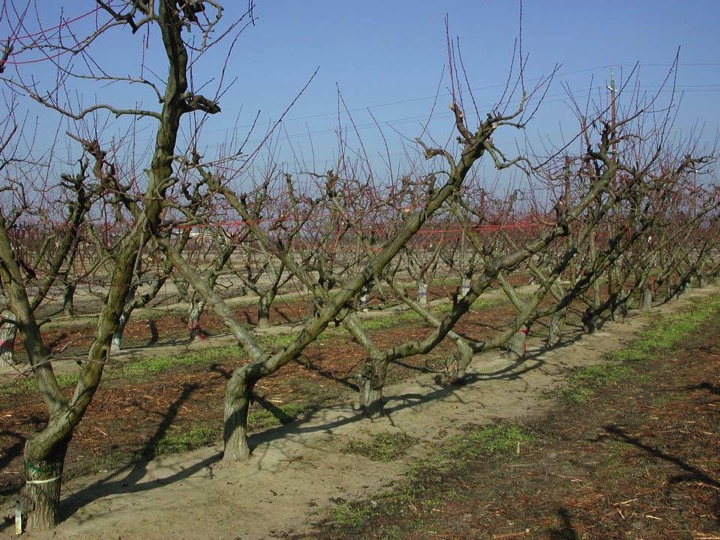



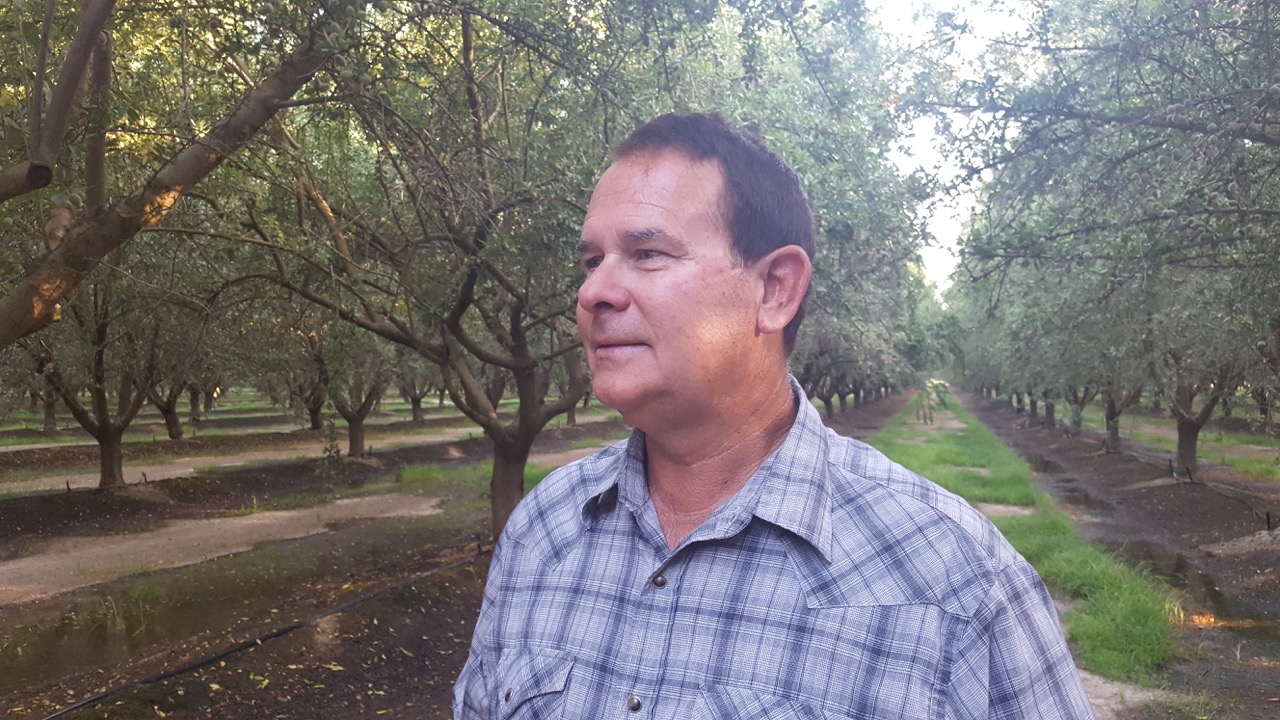

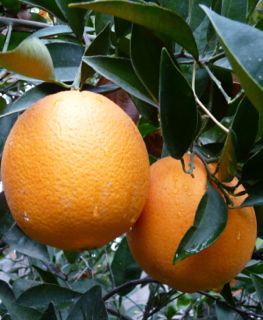



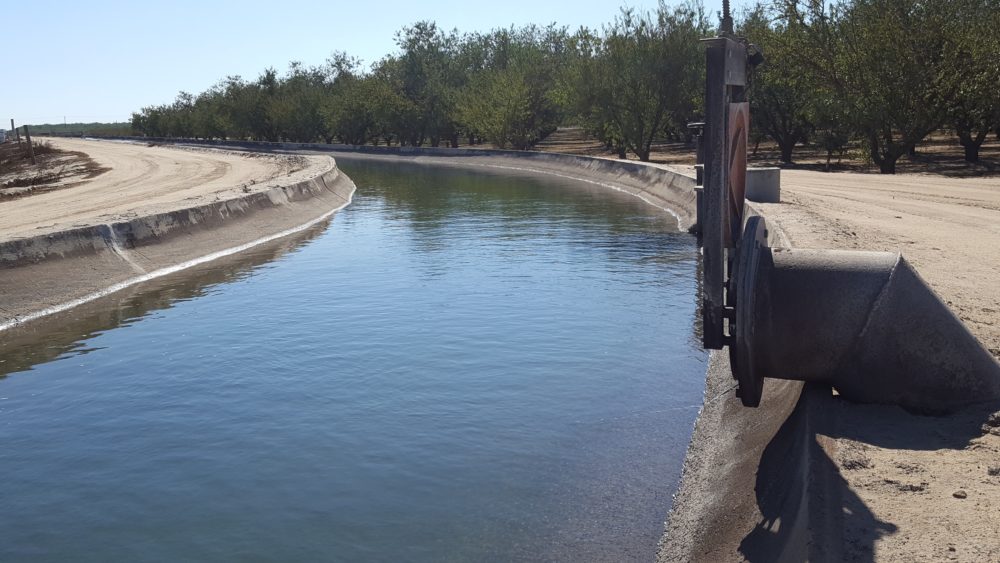





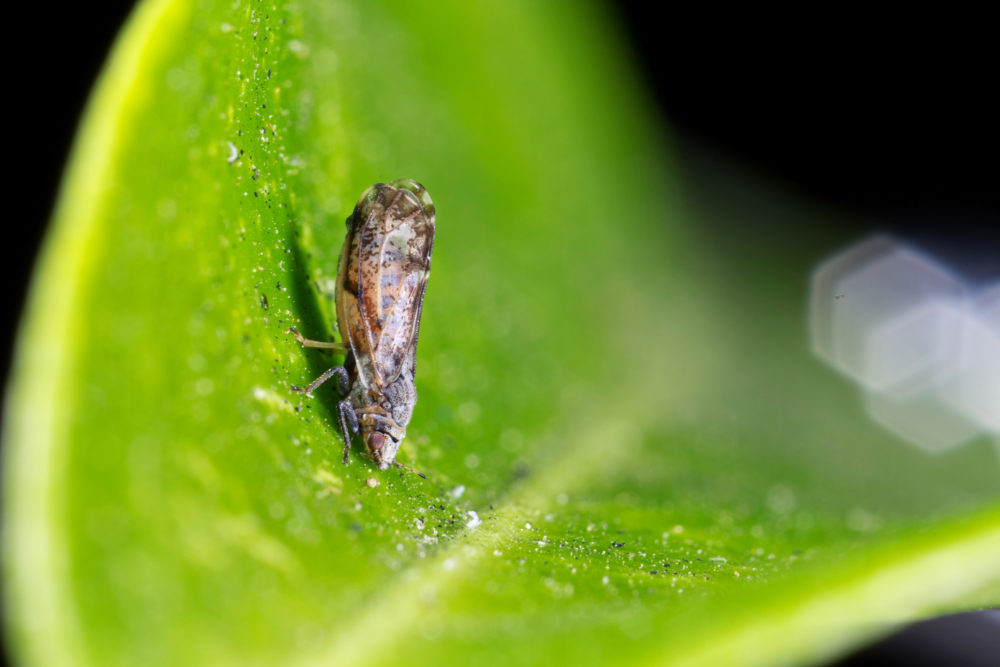




 In a ingenious effort to control the spread of the psyllid, t
In a ingenious effort to control the spread of the psyllid, t






